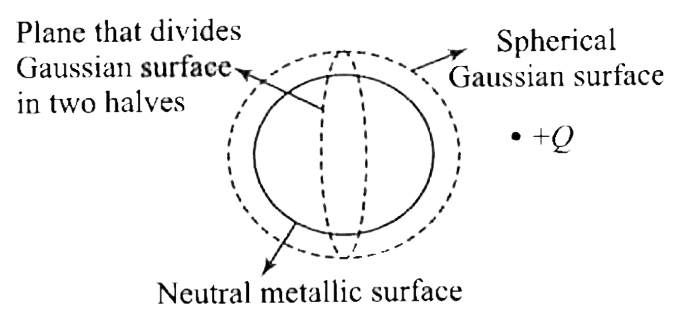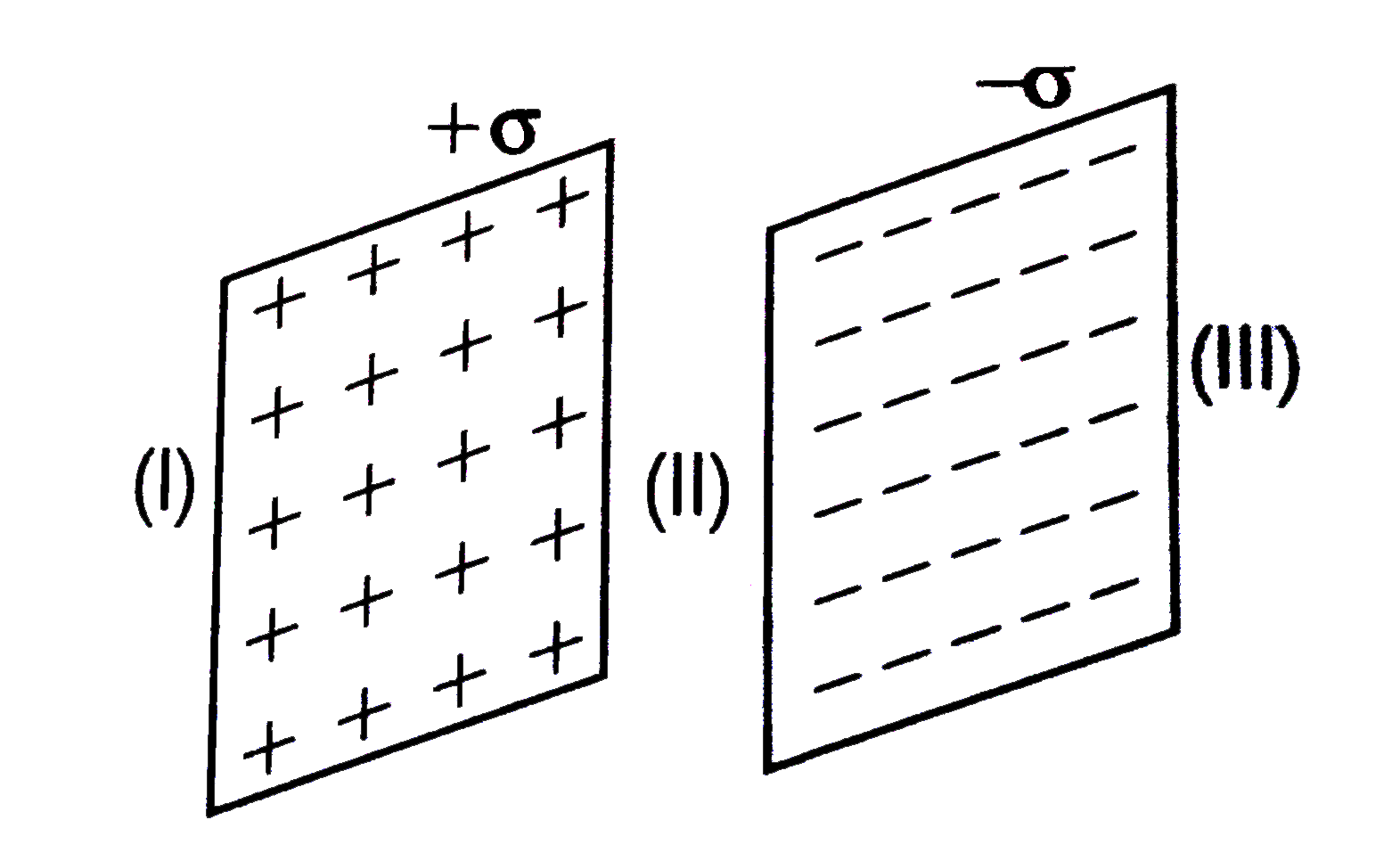Figure shows thick metallic sphere. If it is given a charge +Q, then electric field will be present in the region

r<R1 only
r>R1 and R1<r<R2
r≥R2 only
r≤R2 only
The correct Answer is:C
Step by step video, text & image solution for Figure shows thick metallic sphere. If it is given a charge +Q, then electric field will be present in the region by Physics experts to help you in doubts & scoring excellent marks in Class 12 exams.
Updated on:21/07/2023Topper's Solved these Questions
- ELECTROSTATICSBOOK - RESONANCECHAPTER - ELECTROSTATICSEXERCISE - Part - III
20 Videos
- ELECTROSTATICSBOOK - RESONANCECHAPTER - ELECTROSTATICSEXERCISE - Exercise - 2 Part - I
21 Videos
- ELECTROSTATICSBOOK - RESONANCECHAPTER - ELECTROSTATICSEXERCISE - Part - II Section (I)
14 Videos
- ELECTROMAGNETIC INDUCTIONBOOK - RESONANCECHAPTER - ELECTROMAGNETIC INDUCTIONEXERCISE - A.l.P
19 Videos
- EXPERIMENTAL PHYSICSBOOK - RESONANCECHAPTER - EXPERIMENTAL PHYSICSEXERCISE - PART -II
10 Videos
Similar Questions
Knowledge Check
Given below are two statements :
Statement I : An electric dipole is placed at the centre of a hollow sphere. The flux of electric field through the sphere is zero but the electric field is not zero anywhere in the sphere.
Statement II : If R is the radius of a solid metallic sphere and Q be the total charge on it. The electric field at any point on the spherical surface of radius r(<R) is zero but the electric flux passing through this closed spherical surface of radius r is not zero.
In the light of the above statements, choose the correct answer from the options given below :ABoth Statement I and Statement II are trueBStatement I is true but Statement II is falseCBoth Statement I and Statement II are falseDStatement I is false but Statement II is true.A hollow sphere of copper is positively charged. Then the electric field inside the sphere is
Athe same as the field at the surfaceBgreater than the field at the surfaceCess than the field at the surface but not zeroDzeroA conducting sphere of radius R is given a charge Q. The electric potential and the electric field at the centre of the sphere respectively are
AZero and Q4πε0R2BQ4πε0R2 and zeroCQ4πε0R and Q4πε0R2DBoth are zero
figure shows a neutral metallic sphere with a point charge +Q placed near its surface. Electrostatic equilibrium conditions exist on metallic sphere. Mark the correct statement :

View SolutionA hollow insulated conducting sphere of radius 2m, is given a charge of 5 μC. What will be the electric field at the centre of the sphere?
View SolutionA hallow metal sphere of radius R is uniformly charged. The electric field due to the sphere at a distance r from the centre:
View SolutionThe region between two concentric spheres of radii 'a' and 'b', respectively (see figure), have volume charge density ρ=Ar, where A is a constant and r is the distance from the centre. At the centre of the spheres is a point charge Q. The value of A such that the electric field in the region between the spheres will be constant, is:

View SolutionA hallow metal sphere of radius R is uniformly charged. The electric field due to the sphere at a distance r from the centre:
View Solution

